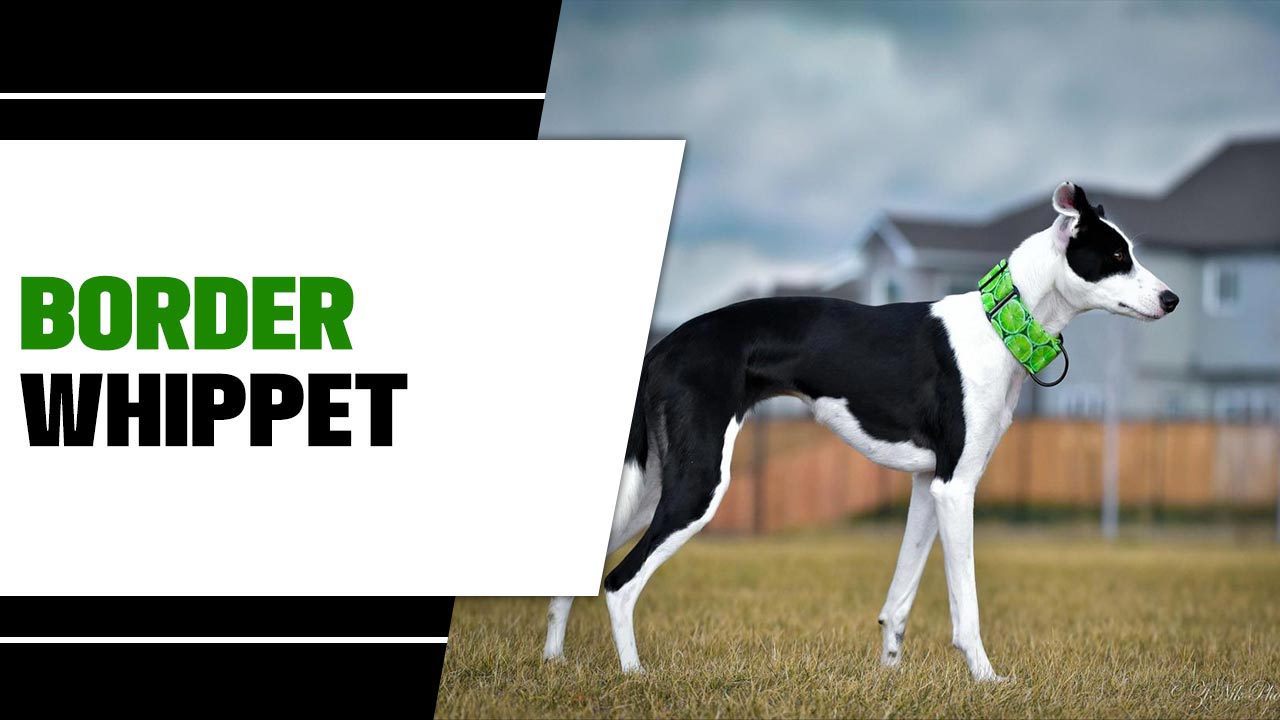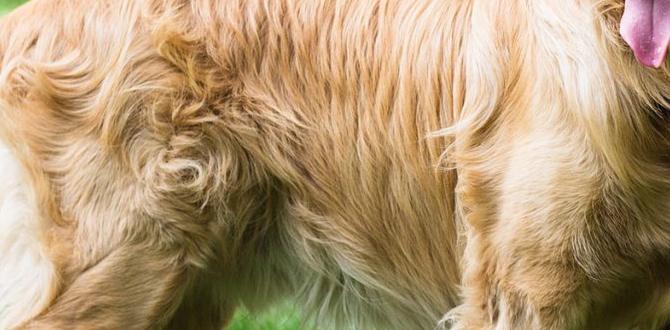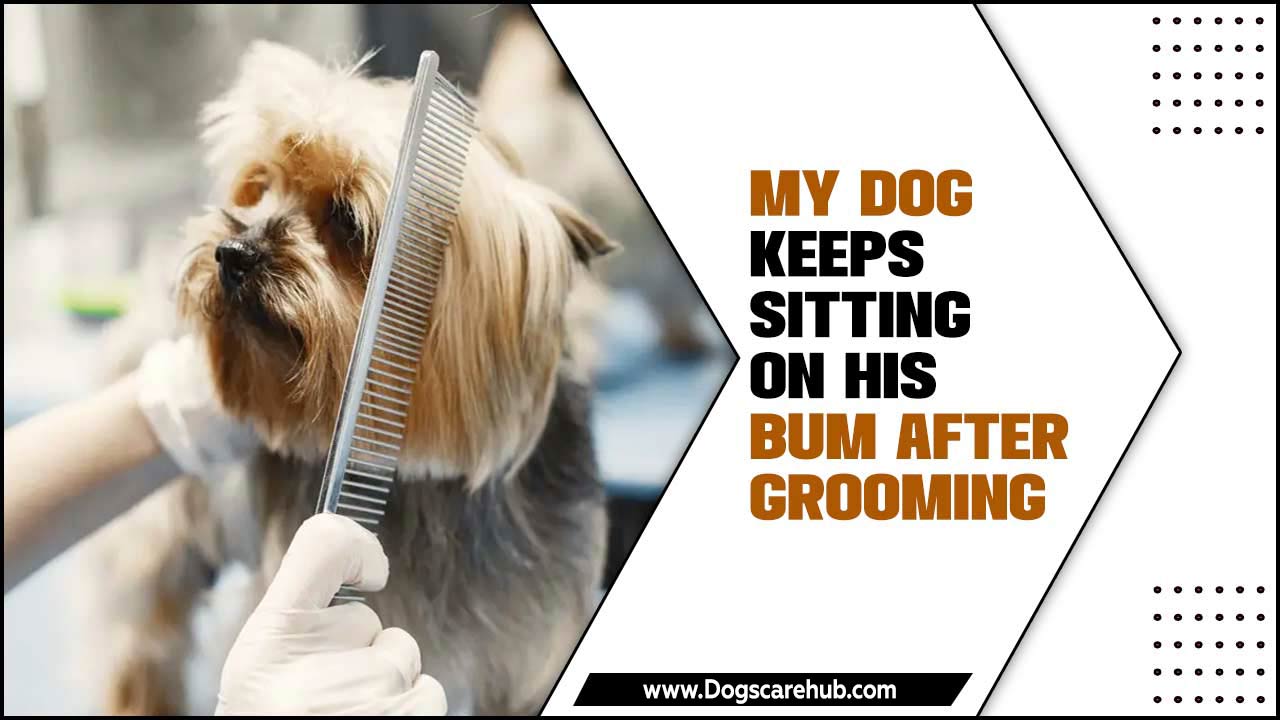Dog fears are a common concern for pet owners, manifesting in a variety of ways, from seemingly minor anxieties to full-blown phobias. Understanding the root causes of these fears and implementing effective strategies are crucial for a dog’s well-being and a harmonious relationship with their human family. This comprehensive guide will delve into the world of canine anxieties, offering practical and humane solutions to help your furry friend navigate their fears and live a happier, more confident life.
Understanding the Spectrum of Dog Fears
Dogs, much like humans, experience a wide range of emotions and can develop anxieties for numerous reasons. These fears aren’t always rational from a human perspective, but they are very real to the dog. Common triggers include:
Loud Noises: Thunderstorms, fireworks, vacuum cleaners, construction sounds, and even car backfiring can send many dogs into a panic. This is often rooted in their sensitive hearing, which can pick up frequencies and volumes far beyond our own perception.
Separation Anxiety: This distress manifests when a dog is left alone, leading to destructive behavior, excessive barking, and vocalization. It stems from a deep bond with their owner and a fear of abandonment.
Socialization Deficits: Dogs who haven’t been adequately exposed to various sights, sounds, people, and other animals during their critical socialization period (roughly 3 to 16 weeks of age) may develop fears of novel stimuli later in life.
Traumatic Experiences: A negative encounter with a specific object, person, or situation can leave a lasting imprint, leading to a phobia. A painful vet visit, a frightening encounter with a particular breed of dog, or a fall can all contribute.
Genetics and Breed Predispositions: Some breeds may be more predisposed to certain anxieties due to their historical roles or inherent temperaments.
Identifying Your Dog’s Fear Triggers
The first step in addressing any dog phobias and fears tip is accurate identification. Observe your dog’s body language closely when encountering potential triggers. Signs of fear can include:
Physical Manifestations: Panting (when not hot), excessive drooling, trembling, wide eyes (“whale eye” where the whites of the eyes are prominent), tucked tail, flattened ears, lip licking, yawning, and pacing.
Behavioral Changes: Hiding, trying to escape, freezing, becoming withdrawn, aggression (lunging, growling, snapping) as a defense mechanism, excessive barking, or destructive behavior.
Avoidance: Actively trying to steer clear of a particular person, object, or situation.
Don’t dismiss these signs. They are your dog’s way of communicating distress. Keeping a journal of when and where your dog exhibits fear can be incredibly helpful in pinpointing specific triggers.
Essential Dog Phobias and Fears Tips: A Comprehensive Approach
Once you’ve identified the source of your dog’s anxiety, you can begin to implement strategies. A multi-faceted approach is usually most effective.
1. Desensitization and Counter-Conditioning: Rewiring Their Reactions
This is a cornerstone of addressing phobias.
Desensitization: Gradually exposing your dog to the feared stimulus at a very low intensity, so low that it doesn’t trigger a fear response. For example, if your dog fears thunder, you might play recordings of thunder at an extremely low volume while they are relaxed.
Counter-Conditioning: Pairing the low-intensity stimulus with something positive. In the thunder example, you would offer high-value treats or engage in a favorite game while the low-volume thunder plays. The goal is to change their emotional association from fear to something pleasant.
Start this process when your dog is calm and at a distance from the actual trigger. Slowly, over many sessions, increase the intensity or proximity of the stimulus, always staying below the threshold that causes fear. If your dog shows signs of stress, you’ve moved too quickly; retreat to a level where they are comfortable.
2. Creating a Safe Haven
Designate a secure space where your dog can retreat when they feel overwhelmed. This could be a crate covered with a blanket, a cozy bed in a quiet corner, or even a specific room. Equip this space with their favorite toys, a comfortable bed, and perhaps a familiar blanket that smells like you. Never force your dog into their safe space; they should feel it’s their choice to go there.
3. Managing the Environment
For predictable fears, like fireworks or thunderstorms, proactive management is key.
Sound Masking: Play calming music, turn on the TV, or use a white noise machine to help block out external scary sounds.
Containment: During fireworks or thunderstorms, keep your dog indoors, close blinds and curtains, and ensure all doors and windows are secure.
Distraction: Engage your dog in games or training exercises that occupy their mind and body.
4. Training and Behavioral Modification
Positive reinforcement training can build your dog’s confidence and provide them with coping mechanisms.
Basic Obedience: A solid understanding of cues like “sit,” “stay,” and “come” can be incredibly empowering for a dog.
Trick Training: Fun and engaging trick training can build confidence and strengthen your bond.
“Find It” Games: Hiding treats and encouraging your dog to use their nose to find them can be a wonderfully distracting and rewarding activity that builds confidence.
5. Supplements and Calming Aids
For some dogs, natural supplements or calming aids can be beneficial when used in conjunction with behavior modification.
Pheromone Diffusers/Sprays: These mimic natural calming pheromones that dogs emit.
Calming Treats/Supplements: Many products contain ingredients like L-theanine, tryptophan, or chamomile, which can have a soothing effect. Always consult with your veterinarian before introducing any supplements.
Thundershirts/Anxiety Wraps: These garments apply gentle, constant pressure, which can have a calming effect on some dogs.
6. Seeking Professional Help
If your dog’s fears are severe, impacting their quality of life, or leading to aggression, it’s essential to consult a professional.
Veterinarian: Your vet can rule out any underlying medical conditions that might be contributing to anxiety and can advise on appropriate calming aids or medication if necessary.
Certified Professional Dog Trainer (CPDT-KA/SA): Look for trainers with experience in behavior modification and fear-based issues. They can create a tailored training plan for your dog.
Veterinary Behaviorist (DACVB): For complex or severe cases, a veterinary behaviorist is the most qualified professional. They are veterinarians with specialized training in animal behavior and can prescribe medication when appropriate.
Patience and Consistency: The Keys to Success
Addressing dog phobias and fears is not an overnight fix. It requires patience, consistency, and a deep understanding of your dog’s individual needs. Celebrate small victories, be mindful of your own emotions (your anxiety can transfer to your dog), and always prioritize your dog’s well-being. By working through these challenges with compassion and the right strategies, you can help your dog overcome their fears and build a more secure and joyful life.
Meet Elyse Colburn, the devoted canine companion and storyteller behind the enchanting world of “Tales, Tails, and Adventures Unleashed.” A passionate dog enthusiast with a heart full of paw prints, Elyse Colburn shares heartwarming tales and insightful adventures, celebrating the joy, loyalty, and endless antics that make every dog a true hero. Join Elyse Colburn on this tail-wagging journey, where every post is a love letter to our four-legged friends.






